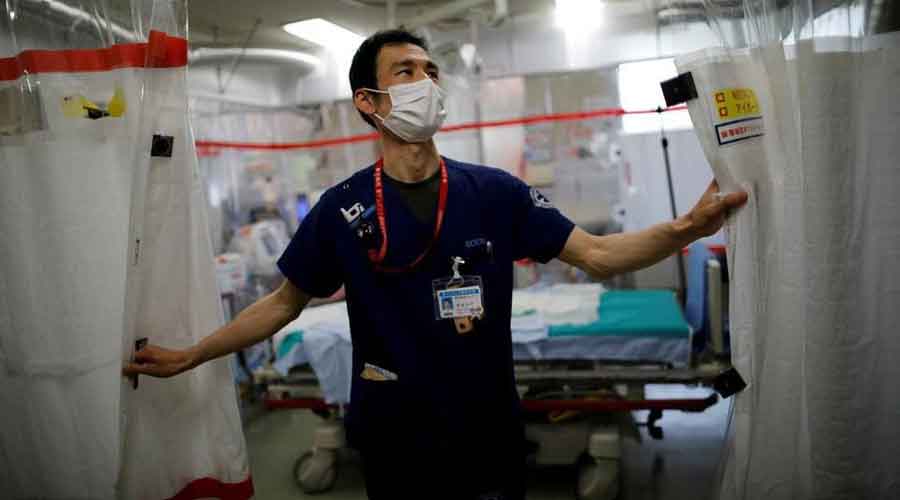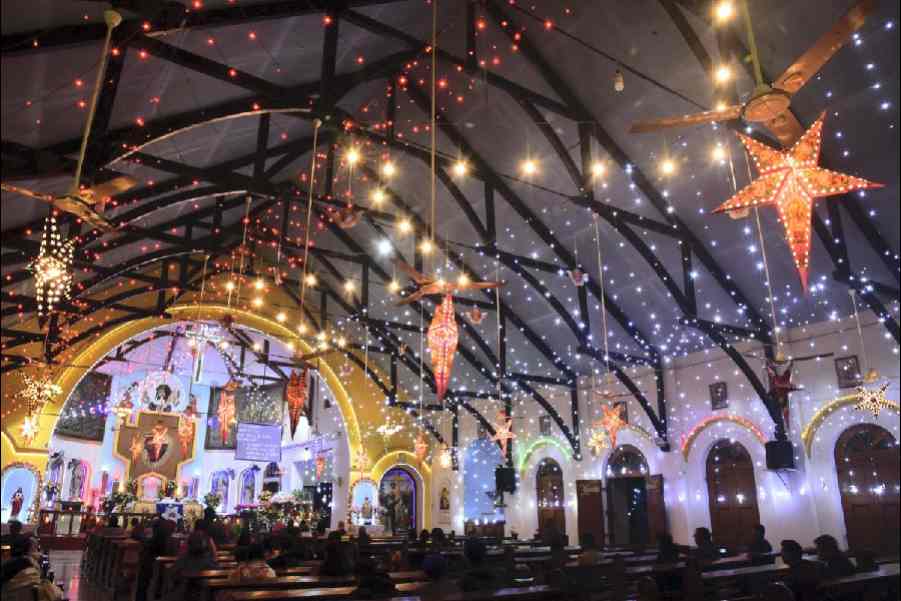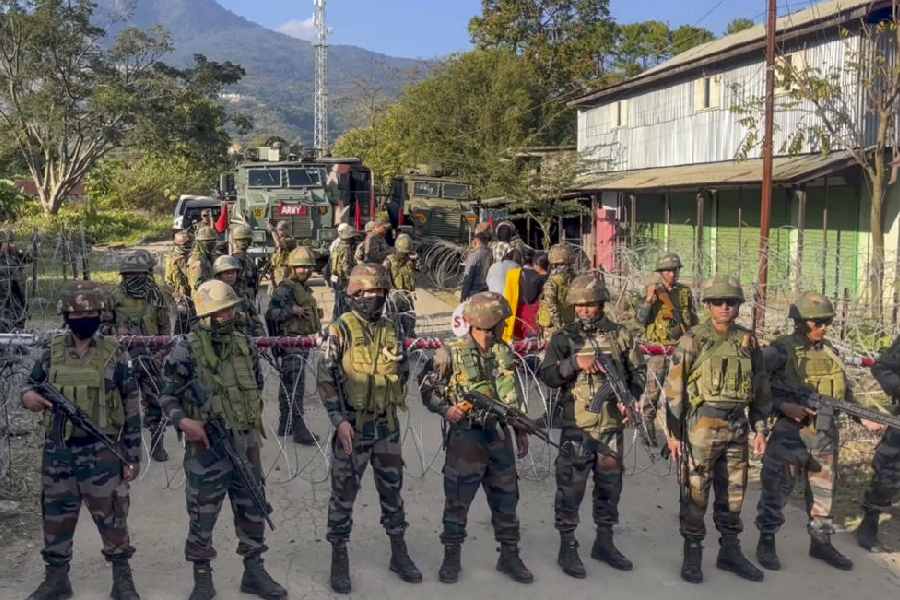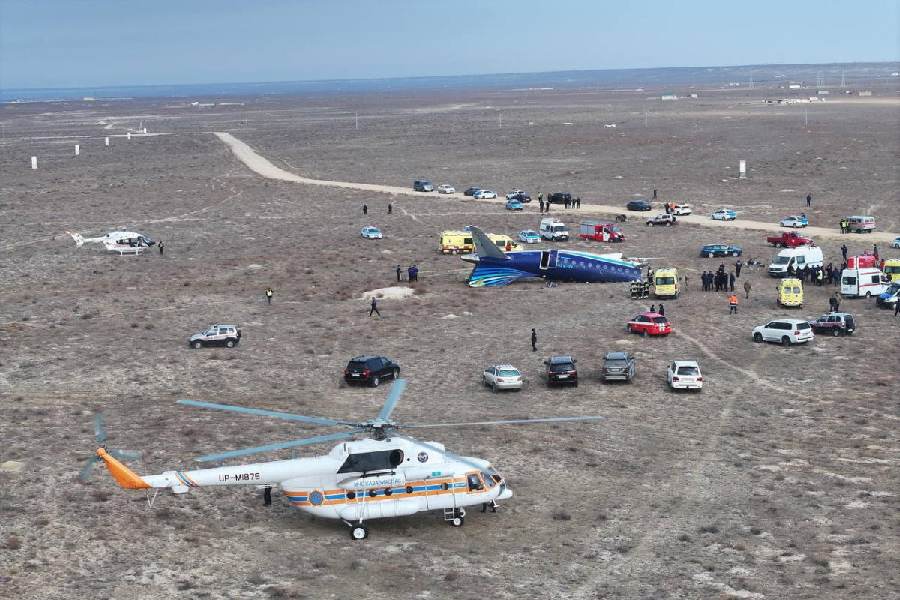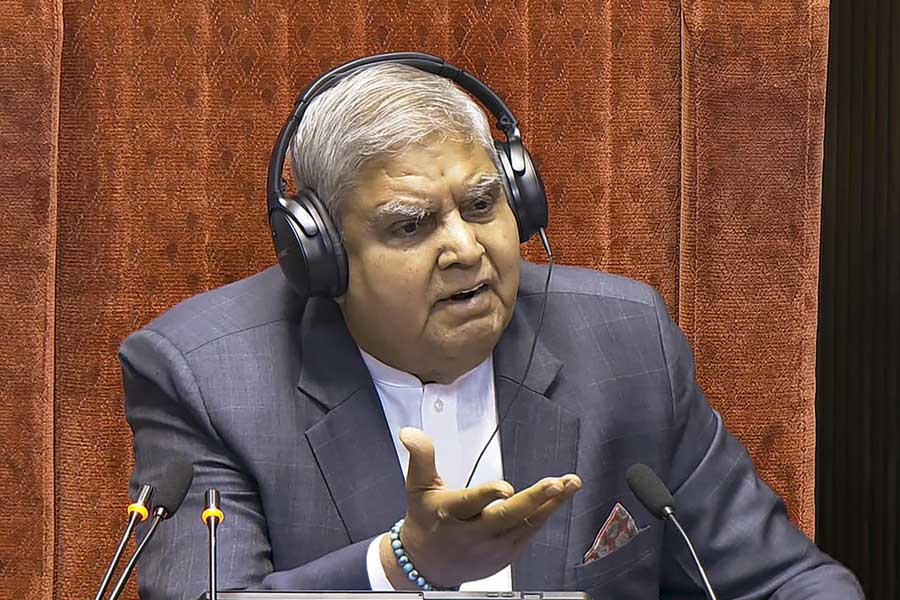At Interfaith Medical Center in Brooklyn, the intensive care unit is full, mainly with Covid patients. In a scene reminiscent of spring 2020, patient beds have been set up in the hallway.
But on Wednesday, when Interfaith asked city officials to divert ambulances to other hospitals, the request was granted for only two hours, the hospital’s top executive said. Emergency rooms at neighbouring hospitals were also overflowing, or precariously understaffed.
“All hospitals, not just safety net hospitals, in Brooklyn and in other boroughs are stressed,” the executive, LaRay Brown, said.
Brown is the chief executive at One Brooklyn Health, which runs Interfaith and nearby Brookdale Hospital.
As the omicron variant of the coronavirus sweeps through New York, many hospitals are being pushed to their limits by twin challenges: spiking numbers of virus cases and growing shortages of nurses, doctors and technicians. Many workers are sick with Covid-19; others who quit amid the pandemic have not been replaced.
While the latest virus wave appears to be less deadly than earlier ones, with many fewer patients on ventilators, even large hospitals with empty intensive care beds are straining to handle the surge in caseloads because so many workers are out, health care officials said.
“I think everyone across the region is struggling,” said John D’Angelo, who oversees the emergency departments at Northwell Health, the state’s largest health system. Because of its own staff shortages, Northwell has had to limit the number of patients it can take from Interfaith and other beleaguered hospitals.
Almost 4,000 Northwell employees, or 5 per cent, were out as a result of Covid-19 on Thursday, Dr D’Angelo said. That was about double the number at the height of the first virus wave.
The system can transfer employees between hospitals as needed, but its emergency rooms have been operating at up to twice their normal volume and waiting times are up. Dr D’Angelo likened the daily effort to keep positions filled to a game of “whac-a-mole”.
For smaller community hospitals with fewer resources, the situation is more critical. At Interfaith and Brookdale and their affiliated nursing homes, 471 out of 7,000 staff members were out with Covid-19 this week, forcing some nurses to handle double the usual number of patients, Brown said.
“It is challenging for the hospitals, but it is particularly stressful for our safety net institutions,” said Kenneth E. Raske, the president of the Greater New York Hospital Association, a trade group. “A number of them have requested assistance, including staffing assistance from the state.
“The problem is the cupboard is bare.”
Similar situations are playing out around the country, including in New Jersey, where officials are working with the federal government and the National Guard to deploy medical teams to hospitals that are experiencing severe staff shortages.
Nationally, the number of people hospitalised with the virus reached 116,000 this week, the most in a year.
But a significant number who have tested positive for Covid-19 — anywhere from 20 to 65 per cent — were admitted for other reasons and are not primarily ill with virus symptoms, according to hospital officials in many states.
New York Times News Service

